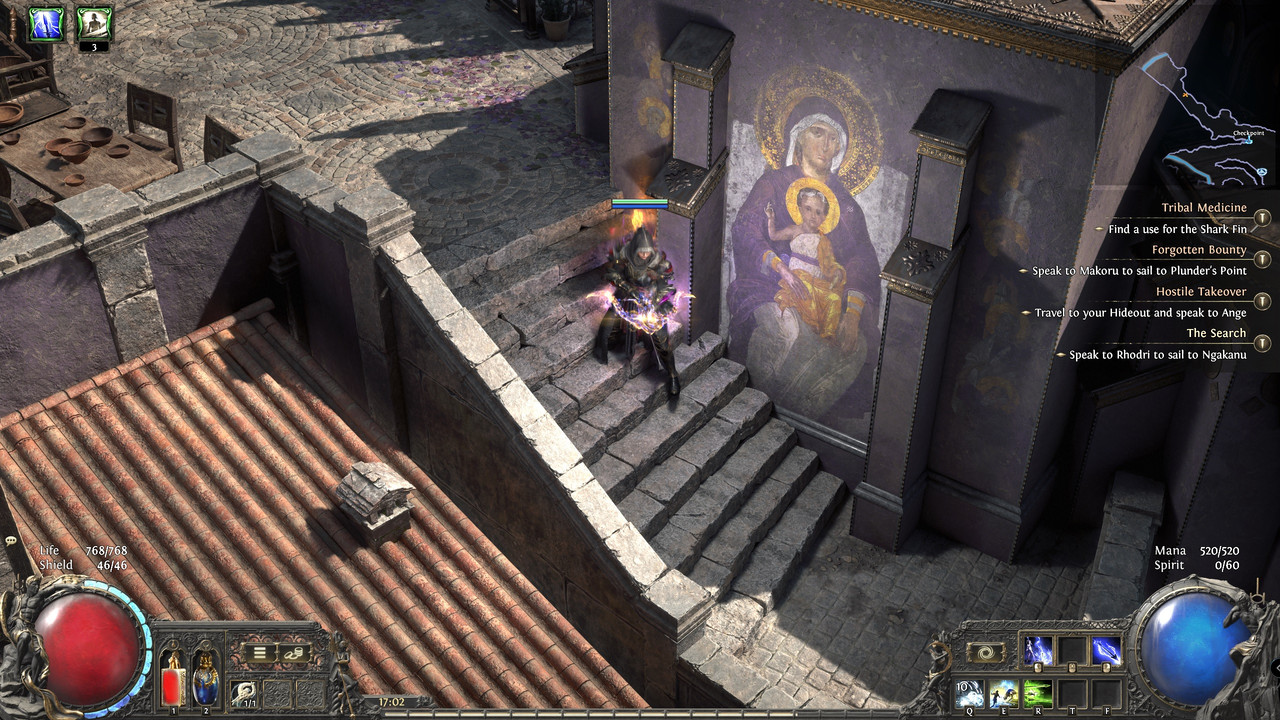Clarification on Orthodox Icons and the Saviour Reference in Arastas
|
While exploring Path of Exile 2, I noticed the appearance of Orthodox Icons in the area referred to as Arastas. I wanted to kindly ask if you could provide some clarification regarding their meaning within the world and lore of the game.
Specifically, I’m curious about: The symbolic or narrative role of the Orthodox Icons in that setting. Whether they are meant to carry cultural or religious connotations, or if they serve a purely fictional purpose. The reference to a saviour in connection with these icons — is this tied to established in-game lore, or is it intended as a broader thematic parallel? As a player, I find this detail intriguing, and I would greatly appreciate any insight you might be able to share about the design and story choices here. Thank you very much for your time and for continuing to craft such a deep and engaging world.  Last bumped on Sep 1, 2025, 11:52:02 AM
|
|
|
That's what i talking about btw, sorry messed up the link
 |
|
|
tl;dr
In the Wraeclast people can ascend into gods if others believe in them. Warrior, chieftains etc. became gods and got magic powers. Then Sin thought that gods are evil because they rule over humanity (and humans cannot do anything vs god). He made a beast that puts gods into sleep. Mages then investigated the beast and learned how to use gems to do magic. They started to cause cataclysms using beast. Exile in poe1 kills beast. Gods are released from sleep (some are killed by exile though). Others could ascend again. Now Twilight Order wants to use the beast controlled by their chosen one Saviour to get rid of gods forever and make utopia (which will actually lead to another Cataclysm because beast always doing cataclysm when used). The icon shows Countess and Saviour I guess, the bosses of Act 5. |
|


















